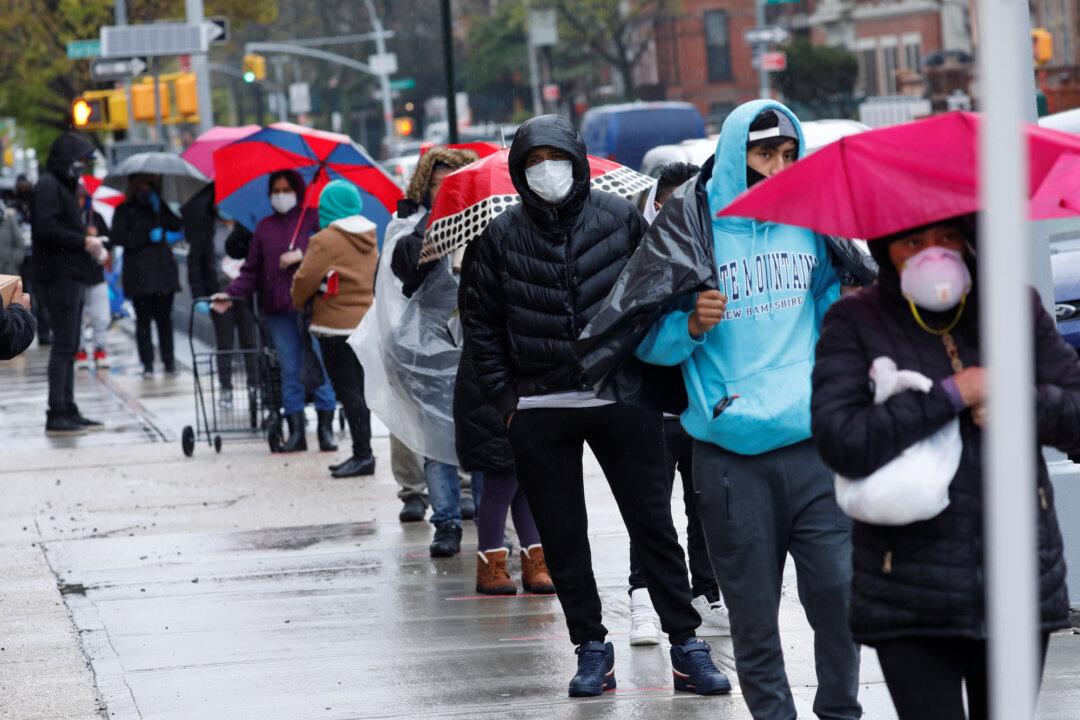As the pandemic continues to hammer the economy, more than 3.8 million workers in the United States filed unemployment claims during the week ending April 25, bringing the number to more than 30 million in the past six weeks, which is around 18 percent of the workforce.
Meanwhile, the seasonally adjusted insured unemployment rate surged to a record high of 12.4 percent for the week ended April 18, Labor Department figures released April 30 show (pdf).





